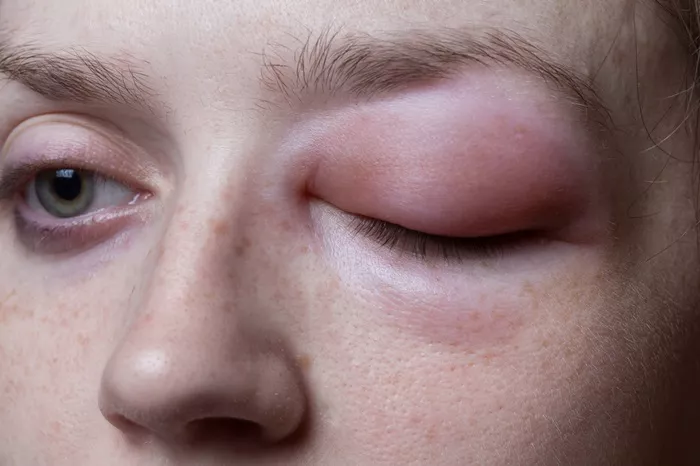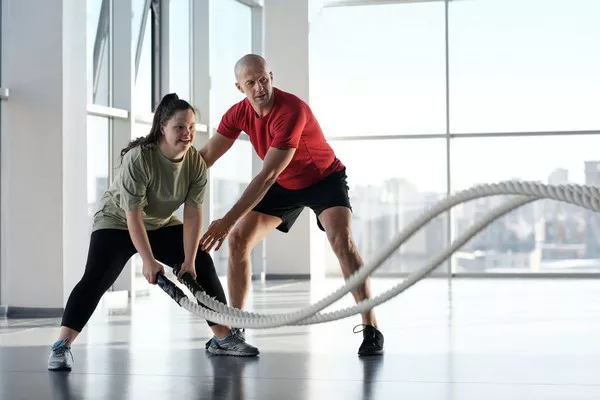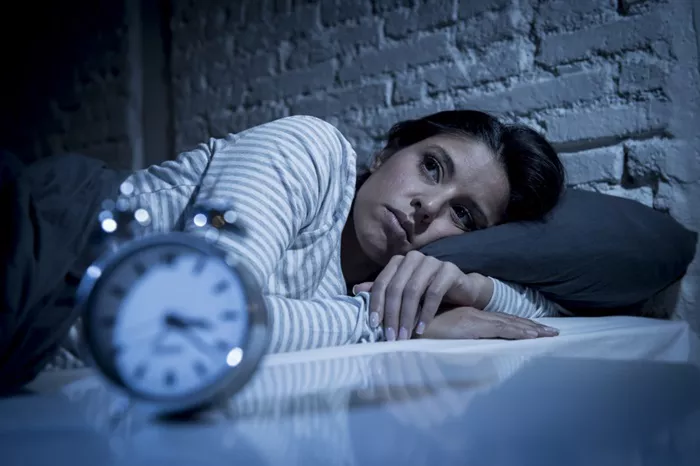When it comes to staying fit and healthy, many people turn to aerobic exercise as an essential component of their workout routine. Aerobic exercises, which include activities like running, swimming, cycling, and dancing, have long been praised for their ability to improve cardiovascular health, increase stamina, and burn calories. However, one common question that often arises is: how many calories do you actually burn in 10 minutes of aerobic exercise?
In this article, we will delve into the factors that influence how many calories you burn during aerobic exercise, explore the types of aerobic exercises that are most effective for calorie burning, and provide insights into how you can maximize your workout to achieve the best results. By the end of this article, you will have a better understanding of how aerobic exercise impacts your caloric expenditure, and how you can tailor your fitness routine to meet your specific goals.
Understanding Caloric Burn and Aerobic Exercise
Before we dive into the specifics of how many calories you burn in 10 minutes of aerobic exercise, it’s important to understand how caloric burn works in the context of physical activity. Your body burns calories through physical movement in order to fuel the muscles and organs involved in the activity. When you engage in aerobic exercise, your heart rate increases, your lungs work harder to supply oxygen to your muscles, and your body burns a combination of carbohydrates and fats for energy.
The number of calories you burn during exercise depends on several factors, including the intensity of the activity, the duration, your body weight, and your metabolism. Additionally, different types of aerobic exercises can vary in their calorie-burning potential. For example, high-intensity activities like running may burn more calories in a short period of time compared to lower-intensity exercises like walking.
Factors That Affect Caloric Burn During Aerobic Exercise
1. Intensity of the Exercise
One of the most significant factors that determine how many calories you burn during aerobic exercise is the intensity of the activity. High-intensity exercises like running, cycling at high speeds, or vigorous dancing require your body to expend more energy compared to moderate or low-intensity exercises like walking or light jogging. The harder your body works, the more calories it burns.
When you engage in high-intensity aerobic exercises, your heart rate increases, and your body demands more oxygen to fuel the muscles. This leads to a greater rate of calorie expenditure, even in a short time frame. For instance, running at a fast pace or participating in a high-impact cardio class can result in a significant calorie burn within just 10 minutes.
2. Body Weight
Another key factor in determining how many calories you burn during aerobic exercise is your body weight. Generally, individuals who weigh more tend to burn more calories during exercise because their bodies require more energy to move. Larger muscles and a higher body mass index (BMI) mean that your body needs to exert more force, resulting in greater energy expenditure.
For example, a person who weighs 200 pounds may burn more calories in 10 minutes of aerobic exercise than someone who weighs 130 pounds, even if they are performing the same exercise at the same intensity. However, this doesn’t mean that individuals with lower body weight can’t burn a significant number of calories—they may simply need to work harder or engage in higher-intensity activities to achieve the same result.
3. Fitness Level
Your overall fitness level plays a role in determining how many calories you burn during aerobic exercise. Individuals who are more fit may burn fewer calories performing the same activity as someone less fit because their bodies are more efficient at performing physical tasks. This is due to the fact that a fitter person’s cardiovascular system, muscles, and lungs are better trained to handle exercise, resulting in a lower heart rate and more efficient energy use.
On the other hand, beginners or individuals who are new to exercise may burn more calories at the same level of intensity because their bodies are less efficient at performing the movements, leading to higher energy expenditure. This is why people who are starting a new workout routine may notice greater calorie burns early on in their training.
4. Duration of the Exercise
While we’re focusing on the number of calories burned in 10 minutes of aerobic exercise, it’s worth mentioning that the total duration of exercise directly impacts the total number of calories burned. Generally, the longer you exercise, the more calories you will burn. Therefore, someone who exercises for 30 minutes or an hour will burn significantly more calories than someone who exercises for just 10 minutes.
However, even short bursts of aerobic exercise can have benefits, especially if they are performed at a high intensity. High-Intensity Interval Training (HIIT), for example, involves alternating between periods of intense exercise and rest. Studies show that HIIT can be an effective way to burn a large number of calories in a shorter period of time.
5. Metabolism
Your metabolism—the rate at which your body processes and burns energy—also influences how many calories you burn during exercise. People with a faster metabolism tend to burn more calories at rest and during physical activity. Age, genetics, and lifestyle factors such as diet and sleep quality can all impact your metabolic rate.
For example, younger individuals and those who are more active outside of their exercise routine tend to have faster metabolisms, which can result in greater calorie expenditure during exercise. Conversely, older adults may experience a slower metabolism, meaning they might burn fewer calories during the same exercise.
Caloric Burn by Different Types of Aerobic Exercises
Now that we’ve covered the factors that influence how many calories you burn during aerobic exercise, let’s take a closer look at how specific types of aerobic exercise stack up in terms of caloric expenditure. The following are estimates of how many calories an individual might burn in 10 minutes of various popular aerobic exercises, based on an average person weighing around 155 pounds (70 kg). Please note that these are rough estimates and can vary depending on the factors we’ve discussed earlier.
1. Running
Running is one of the most effective forms of aerobic exercise for burning calories. A 10-minute run at a moderate pace (around 5 miles per hour or 8 kilometers per hour) can burn approximately 100 calories. Running at a faster pace, such as 6 miles per hour (10 kilometers per hour), can burn up to 120 calories in 10 minutes. The intensity and speed at which you run play a significant role in how many calories you burn.
2. Cycling
Cycling, whether outdoors or on a stationary bike, is another excellent aerobic exercise. If you cycle at a moderate pace (around 12-14 miles per hour), you can burn approximately 80-100 calories in 10 minutes. Cycling at higher speeds or in more challenging conditions (such as uphill cycling or cycling at high resistance) can increase this number.
3. Jump Rope
Jumping rope is a high-intensity aerobic exercise that can burn a significant number of calories in a short amount of time. In just 10 minutes of moderate-intensity jump rope, you can burn around 100-120 calories. The faster you jump and the more intensely you perform the exercise, the greater your calorie burn will be.
4. Swimming
Swimming is a full-body workout that engages multiple muscle groups and provides an excellent aerobic exercise. Swimming at a moderate pace can burn around 70-90 calories in 10 minutes. However, the intensity of your strokes and the swimming style you choose (such as freestyle or breaststroke) can significantly affect the number of calories you burn.
5. Dancing
Dancing is a fun and engaging way to get your heart rate up and burn calories. Depending on the style of dance and the intensity of your movements, you can burn anywhere from 60 to 100 calories in 10 minutes. Fast-paced dances like Zumba or hip-hop tend to burn more calories compared to slower dances like waltz or ballroom.
6. Rowing
Rowing on a rowing machine is another highly effective way to burn calories while working multiple muscle groups, including the legs, back, arms, and core. Rowing for 10 minutes at moderate intensity can burn approximately 80-100 calories. Higher intensity rowing can increase this number even further.
Maximizing Caloric Burn: Tips for Effective Aerobic Exercise
If you want to maximize the number of calories you burn during aerobic exercise, there are a few strategies you can implement:
1. Increase Intensity
Increasing the intensity of your workout is one of the most effective ways to burn more calories. Whether you are running, cycling, or doing HIIT exercises, pushing yourself to work harder for short bursts can result in a greater calorie burn. For example, running sprints or cycling at a higher resistance level will make your body burn more calories in less time.
2. Add Intervals
High-Intensity Interval Training (HIIT) is an exercise technique that involves alternating between short bursts of intense exercise and rest periods. HIIT has been shown to increase calorie burn and improve cardiovascular health in a shorter amount of time. By incorporating intervals into your aerobic routine, you can boost your calorie expenditure even in just 10 minutes.
3. Consistency is Key
While 10 minutes of exercise may not burn as many calories as a longer workout, the key to seeing results is consistency. By committing to daily or regular aerobic exercise, you can accumulate significant calorie burn over time and improve your overall fitness level.
Conclusion
In summary, the number of calories you burn in 10 minutes of aerobic exercise depends on several factors, including the intensity of the activity, your body weight, fitness level, and metabolism. On average, you can expect to burn anywhere from 60 to 120 calories in 10 minutes, depending on the type of exercise you’re doing.
By understanding the factors that influence calorie burn and choosing the right activities for your fitness goals, you can optimize your workout routine and achieve better results. Whether you’re running, cycling, swimming, or dancing, aerobic exercise is a fantastic way to stay healthy, burn calories, and improve your cardiovascular fitness.
Related Topics


































